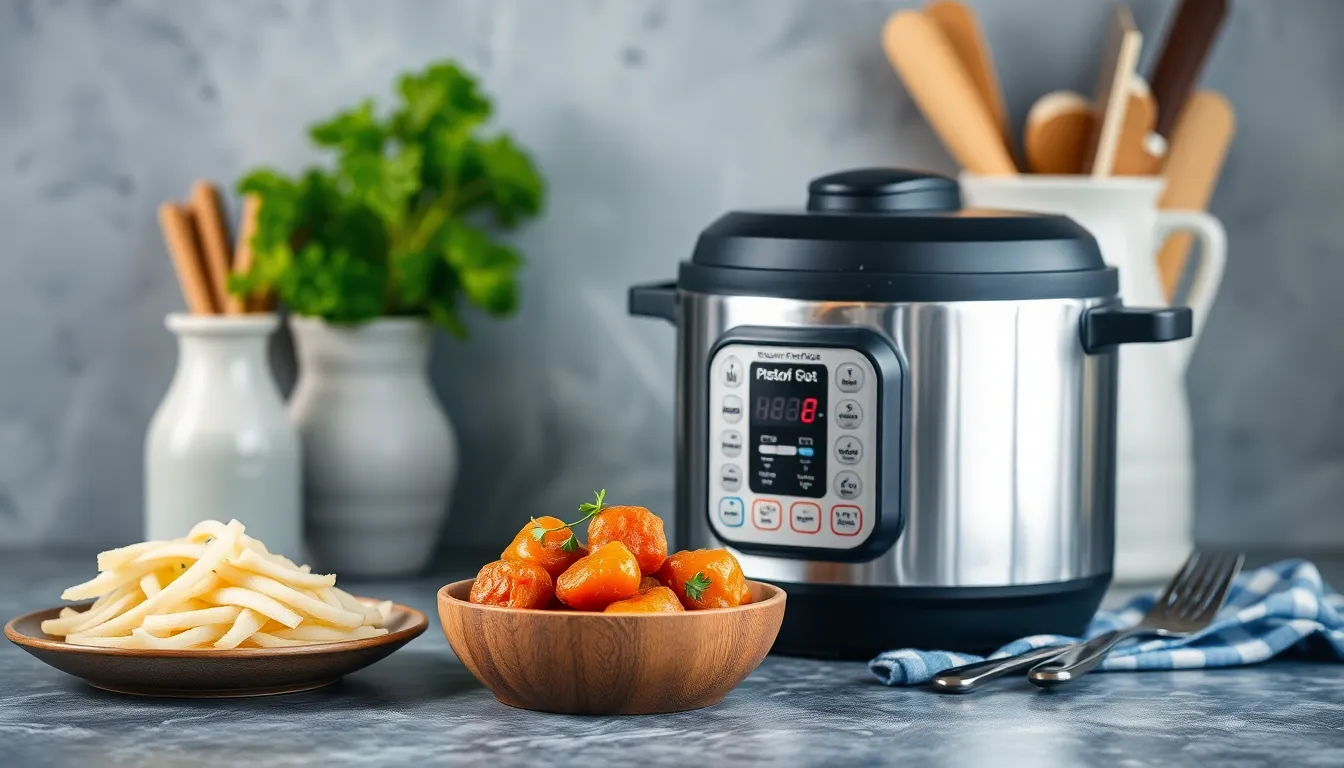Stir-Fry Tips from Top Chefs
Introduction
Stir-frying is an exciting and versatile cooking technique that has captured the hearts and palates of food lovers around the globe. Originating in Asia, this method allows for the quick cooking of ingredients over high heat, sealing in flavors and maintaining crisp textures.
The importance of stir-fry can be seen in various cuisines, especially in Chinese and Thai dishes, where vibrant vegetables, tender proteins, and aromatic spices come together to create delicious meals. In this article, we’ll explore the fundamentals of stir-frying, share valuable tips from top chefs, and highlight how timing and technique can elevate your stir-fry game.
Get ready to dive into a world of flavors, textures, and culinary creativity as we guide you through everything you need to know about stir-frying!
Section 1: Understanding the Basics of Stir-Frying
Definition of Stir-Frying
At its core, stir-frying involves cooking small pieces of food quickly over high heat in a wok or skillet, often while stirring continuously. The key to a great stir-fry lies in the speed and technique, allowing ingredients to cook evenly and retain their natural colors and flavors.
Essential Equipment for Stir-Frying
- Wok vs. Skillet: A wok is traditionally used for stir-frying due to its shallow, curved shape that promotes heat circulation. However, a well-seasoned skillet can also work if a wok is unavailable.
- Importance of High Heat: High heat is crucial in stir-frying as it ensures rapid cooking, helping to lock in moisture and flavor.
Key Ingredients and Flavor Profiles
- Types of Oils: Choose oils with high smoke points for stir-frying, such as peanut oil, canola oil, or sesame oil, to achieve that perfect sear.
- Common Vegetables: Bell peppers, broccoli, carrots, snap peas, and bok choy are popular choices that add color and nutrition.
- Proteins: Chicken, beef, shrimp, tofu, and tempeh are frequently used in stir-fries for their ability to absorb flavors.
Section 2: Tips from Top Chefs
Subsection 2.1: Chef Insights
Chef 1: Ming Tsai
- Tip 1: Importance of mise en place – “Having everything prepped and within reach is essential for a successful stir-fry. This ensures that you can cook swiftly and efficiently without losing heat.”
- Tip 2: Choosing the right protein – “Always consider the texture and flavor profile of your protein. For example, marinated chicken can add a depth of flavor to your dish.”
Chef 2: Jet Tila
- Tip 1: Cooking in batches for better flavor – “Don’t crowd the pan! Cooking in smaller batches allows for better caramelization and flavor development.”
- Tip 2: Balancing flavors with sauces – “Don’t be afraid to experiment with different sauces. A good stir-fry balances sweet, salty, sour, and spicy ingredients.”
Chef 3: Susur Lee
- Tip 1: The role of aromatics – “Aromatics like garlic and ginger are the backbone of a great stir-fry. They add layers of flavor that can elevate your dish!”
- Tip 2: Using seasonal vegetables for freshness – “Incorporating seasonal produce not only enhances flavor but also boosts nutritional value.”
Subsection 2.2: Expert Quotes
Here are some thoughts from our featured chefs that highlight their personal stir-fry philosophies:
“Stir-frying is all about the balance of heat and timing. Each ingredient has its place in the dish, and it’s your job to respect that!” – Ming Tsai
“The best stir-fries come from a place of understanding your ingredients. Know their flavors and textures, and cook them accordingly.” – Jet Tila
“Cooking is an art, and stir-frying is where you can truly express your creativity!” – Susur Lee
Section 3: Timing is Everything
When it comes to stir-frying, timing can make or break your dish. Different ingredients require varying cooking times to achieve the right texture and flavor. Here’s a helpful table to guide you:
| Ingredient | Recommended Cooking Time | Tips for Perfect Texture |
|---|---|---|
| Bell Peppers | 2-3 minutes | Cut into uniform sizes for even cooking |
| Chicken Breast | 5-7 minutes | Slice thinly against the grain |
| Broccoli Florets | 3-4 minutes | Blanch beforehand for tenderness |
| Tofu | 4-5 minutes | Press to remove moisture for crispiness |
| Carrots | 4-5 minutes | Julienne for quick cooking |
Section 4: Common Mistakes to Avoid
Even experienced cooks can make mistakes when stir-frying. Here are some common pitfalls to avoid:
- Overcrowding the wok: This leads to steaming rather than stir-frying. Cook in batches to maintain high heat.
- Not preheating the pan: A hot wok is essential for achieving the perfect sear and flavor.
- Using cold ingredients: Ensure your ingredients are at room temperature to avoid lowering the wok’s temperature.
- Ignoring texture variations: Different ingredients have different cooking times; respect these to achieve a harmonious dish.
Section 5: Creative Stir-Fry Variations
Stir-frying is not limited to traditional Asian flavors. Here are some ideas for creative variations:
- Exploring different cuisines: Incorporate elements from Thai, Japanese, or even Mediterranean cuisines to create a fusion stir-fry.
- Tips for incorporating global flavors: Experiment with spices, herbs, and sauces from around the world.
- Suggestions for vegetarian and vegan stir-fry options: Use a variety of vegetables, beans, and plant-based proteins like tempeh or seitan to create satisfying and nutritious dishes.
Conclusion
In conclusion, stir-frying is a fun and dynamic cooking technique that allows for endless creativity. By understanding the basics, applying insights from top chefs, and mastering timing, you can create delicious meals that burst with flavor and freshness.
We encourage you to experiment with your own stir-fry creations. Remember, the best meals come from a place of exploration and passion. Share your favorite stir-fry recipes in the comments below!
Additional Resources
For those looking to refine their stir-frying skills further, here are some valuable resources:




